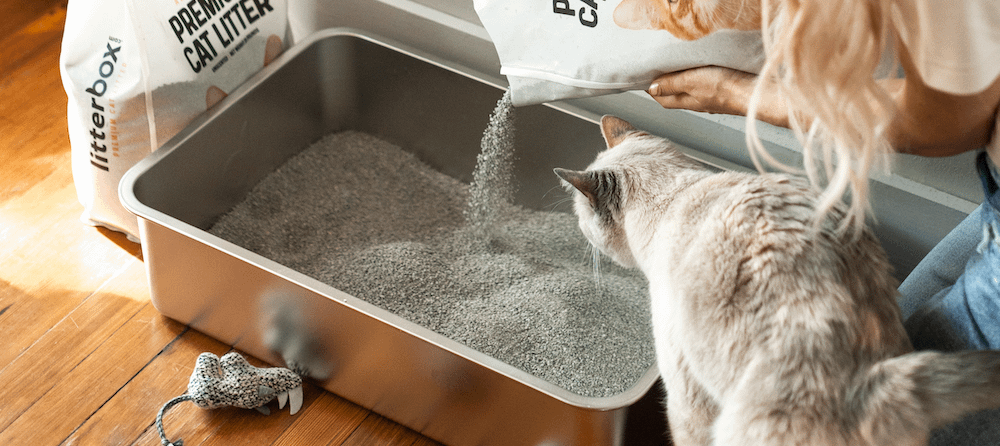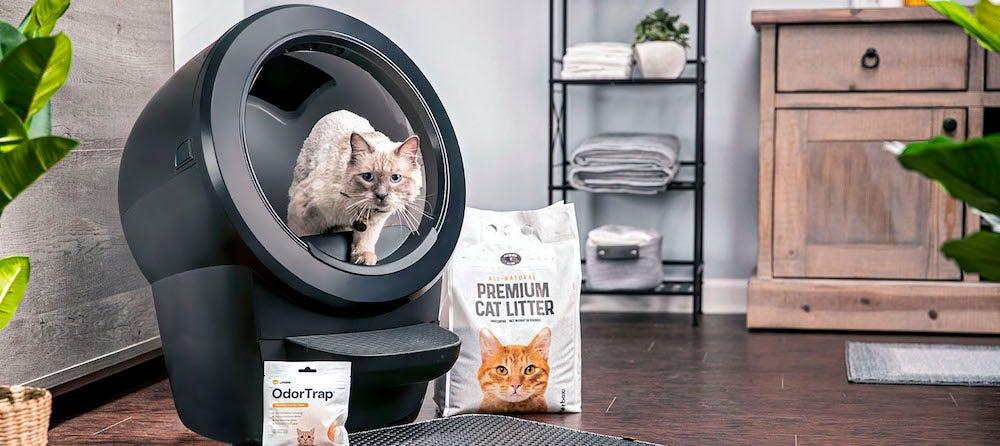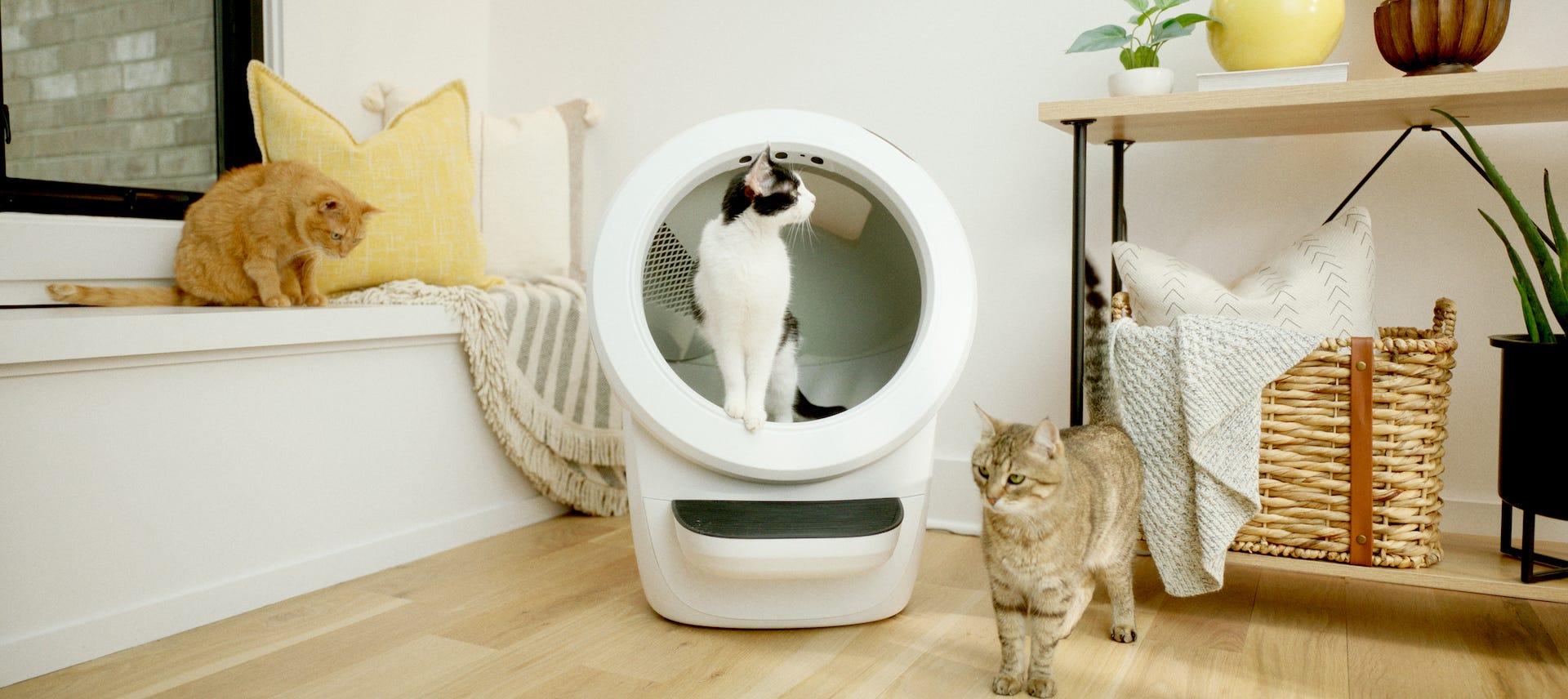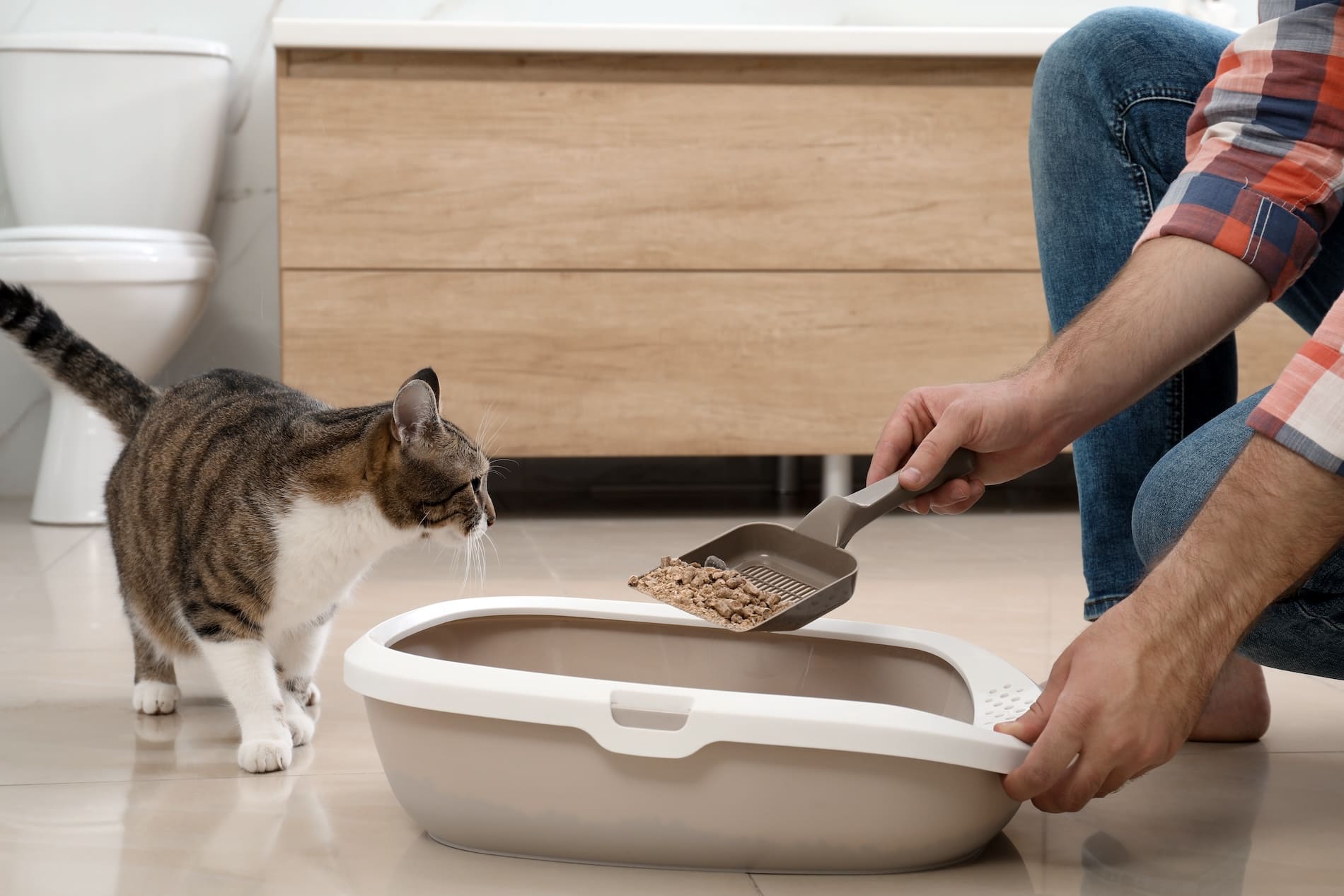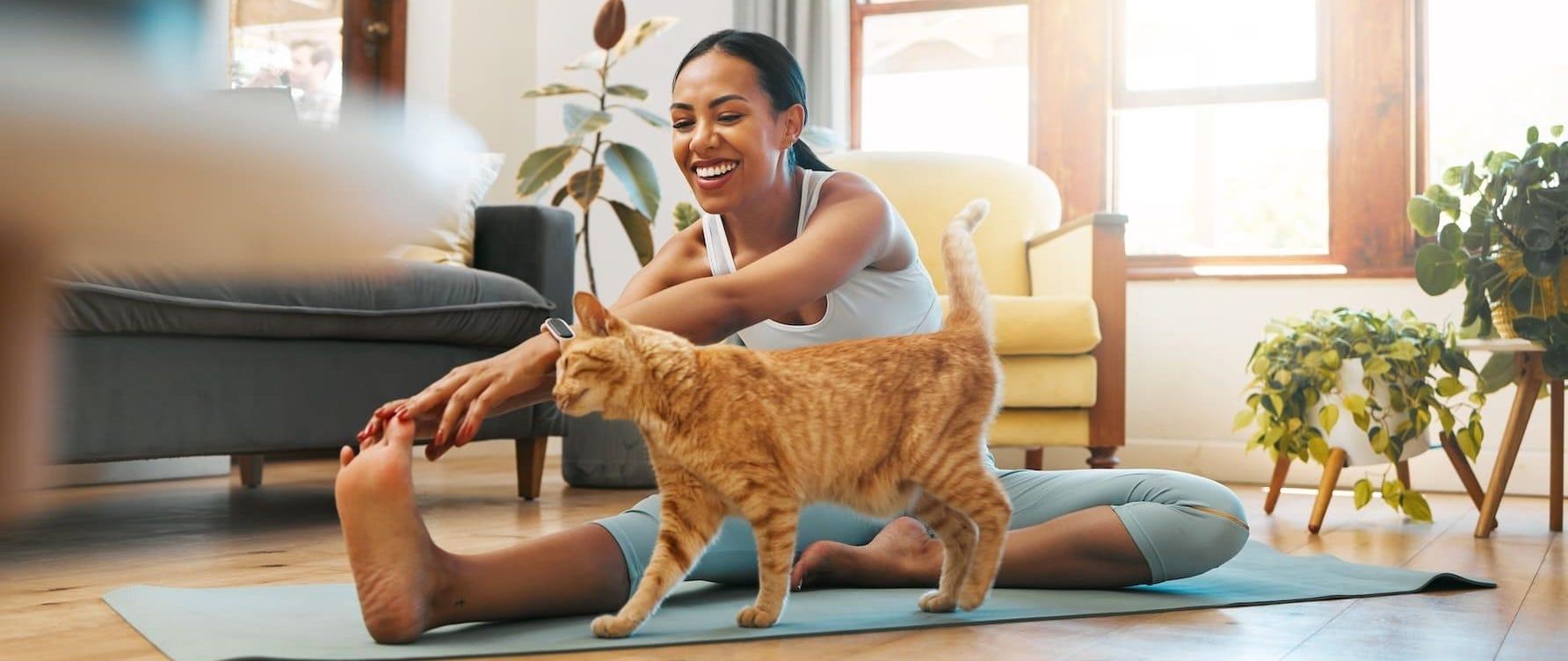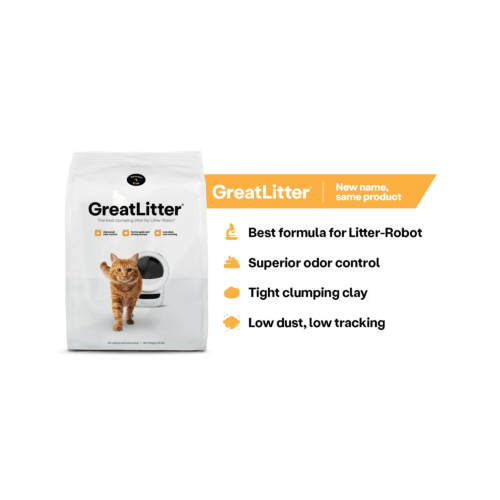When it comes to determining how often to change cat litter, several factors come into play including the number of cats you have, the type of litter used, and your cat's preferences. Here are some general guidelines:
- Scoop daily: It is recommended to clean the litter box once a day and remove waste frequently to keep it clean for your cat
- Change the litter every 2-4 weeks: The frequency of changing the entire litter in the box depends on your unique cat, their bathroom habits, and the type of litter you use. Clumping cat litter usually requires changing every 2-4 weeks while non-clumping litter like pellets may need more frequent changes.
- Thorough litter box cleaning: Besides daily scooping and regular litter changes, it's essential to give the litter box a more thorough cleaning. This is especially important with plastic litter boxes as the urine may seep through over time. Cleaning the litter box with an enzyme cleaner for cat urine or mild dish detergent once monthly is the best practice.
Litter box cleaning frequency with multiple cats
The ideal litter box cleaning frequency depends on the number of cats you have and many other factors. Check out our cleaning tips guide or keep reading to learn more about how often to change cat litter and other details you should know about litter box cleanliness. Find the right cleaning frequency for your household with the table below.
| Number of cats | 1 cat | 2 cats | 3 cats | 4 cats |
| Recommended number of litter boxes | 2 litter boxes | 3 litter boxes | 4 litter boxes | 5 litter boxes |
| Scoop clumps | Every 1-2 days | Every day | Every day | 2+ times per day |
| Change the entire litter | Every 2-4 weeks | Every 2-3 weeks | Every 2 weeks | Every week |
| Thorough litter box cleaning | Every month | Every 3-4 weeks | Every 3 weeks | Every 2 weeks |
Litter box cleaning frequency with a self-cleaning litter box
Of course, the litter box cleaning frequency significantly changes if you have an automatic litter box like Litter-Robot. Because self-cleaning litter boxes automatically separate dirty litter clumps from the clean litter and dispose of it in a sealed waste drawer, you only really need to empty the waste drawer when it's full—and the Whisker app notifies you exactly when that is. It's also worth noting that one Litter-Robot is suitable for up to 4 cats, reducing the need to manage multiple litter boxes as well. Let's dive into the cleaning frequency of a self-cleaning litter box like Litter-Robot:
| Number of cats | 1 cat | 2 cats | 3 cats | 4 cats |
| Empty the waste drawer | Every 2 weeks | Every week | Twice per week | Every other day |
| Spot cleaning | Every month | Every 2 weeks | Every other week | Every week |
| Deep cleaning | Every 3 months | Every 2-3 months | Every other month | Every month |
Thanks to its non-stick liner and useful cleaning accessories, cleaning Litter-Robot is made super easy and requires a lot less effort than cleaning a regular litter box. Many people even say that Litter-Robot has changed their lives!
Please note that these measures are averages, and the ideal cleaning frequency can vary per household. The Whisker app will notify you when Litter-Robot detects that the waste drawer is full.
Factors that influence the frequency of changing litter
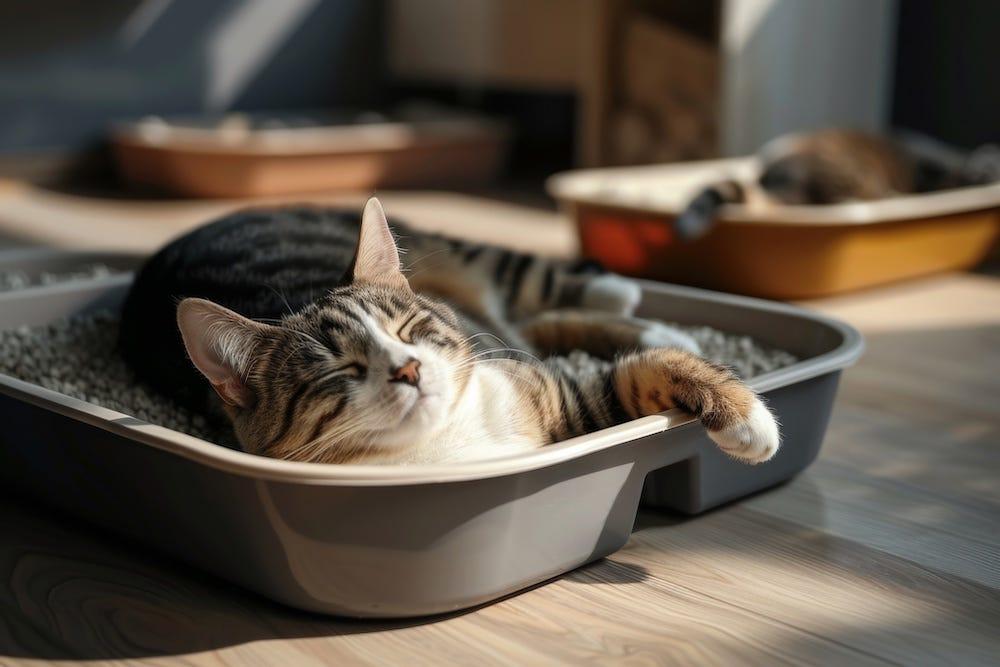
As mentioned earlier, scooping the cat litter daily is the ideal litter cleaning frequency. In addition, changing the entire cat litter box every 2-4 weeks is a safe bet.
However, a few factors come into play—namely, how many cats use the box and the type of litter you choose. Clumping litter is a fan favorite because it makes it possible to scoop out unwanted litter, meaning you won’t have to change the entire litter box as often. Here’s what else you should consider when it comes to how often you should be changing kitty litter!
Number of cats
If you have multiple cats using the same litter box, you’ll need to replace the dirty litter with fresh litter more often. However, there are some types of litter that are designed for multiple cat households. As such, they have stronger odor-fighting capabilities, and those types of litter also clump more readily.
Your cats’ behavior
Some cats are more particular about the frequency of cleaning out the cat box than others. When it comes to their litter box cleanliness preferences, some cats will start acting out if it's not as tidy as they’d like. You’ll know if you need to change litter more frequently if your cat starts going to the bathroom in unwanted places around the house.
Type of litter
Getting the right types of cat litter will allow you more time between changes. Non-clumping litter doesn’t offer the same odor control as clumping cat litter or make it easy to spot where your cat has gone to the bathroom. Clumping litter helps you scoop out the dirty litter and nothing more.
According to some studies, clay clumping litter is the best cat litter and is both favored by cats and cat owners for its odor-locking properties.
Usage frequency
Many factors will influence how often your cat uses the litter box daily. These factors include average fluid intake, the temperature in your home, and the age of your cat, among many other details. However, most cats generally urinate 2 to 4 times per day and defecate every 24 to 36 hours.
Number of boxes
Cats like their own space, and it can be stressful for them to have to share litter boxes with other cats. Even if they don’t mind sharing, you’ll have to change the litter frequently if more than one cat uses the same litter box.
If you live in a multiple-cat household, you should have a traditional litter box for each cat plus one additional litter box, according to vets. For example, you should have 4 litter boxes if you have 3 cats. Homes with more than one level should have at least one litter box per level to ensure that your cat doesn’t have to go too far to go to the bathroom.
Smell
Your nose will tell you if the litter box is overdue for a cleaning! This could result from your cat going to the bathroom more frequently, or maybe you missed a day and forgot to scoop the litter. If there's an odor coming from the litter box, it's definitely time to scoop — or change the litter altogether.
Signs it’s time to replace cat litter
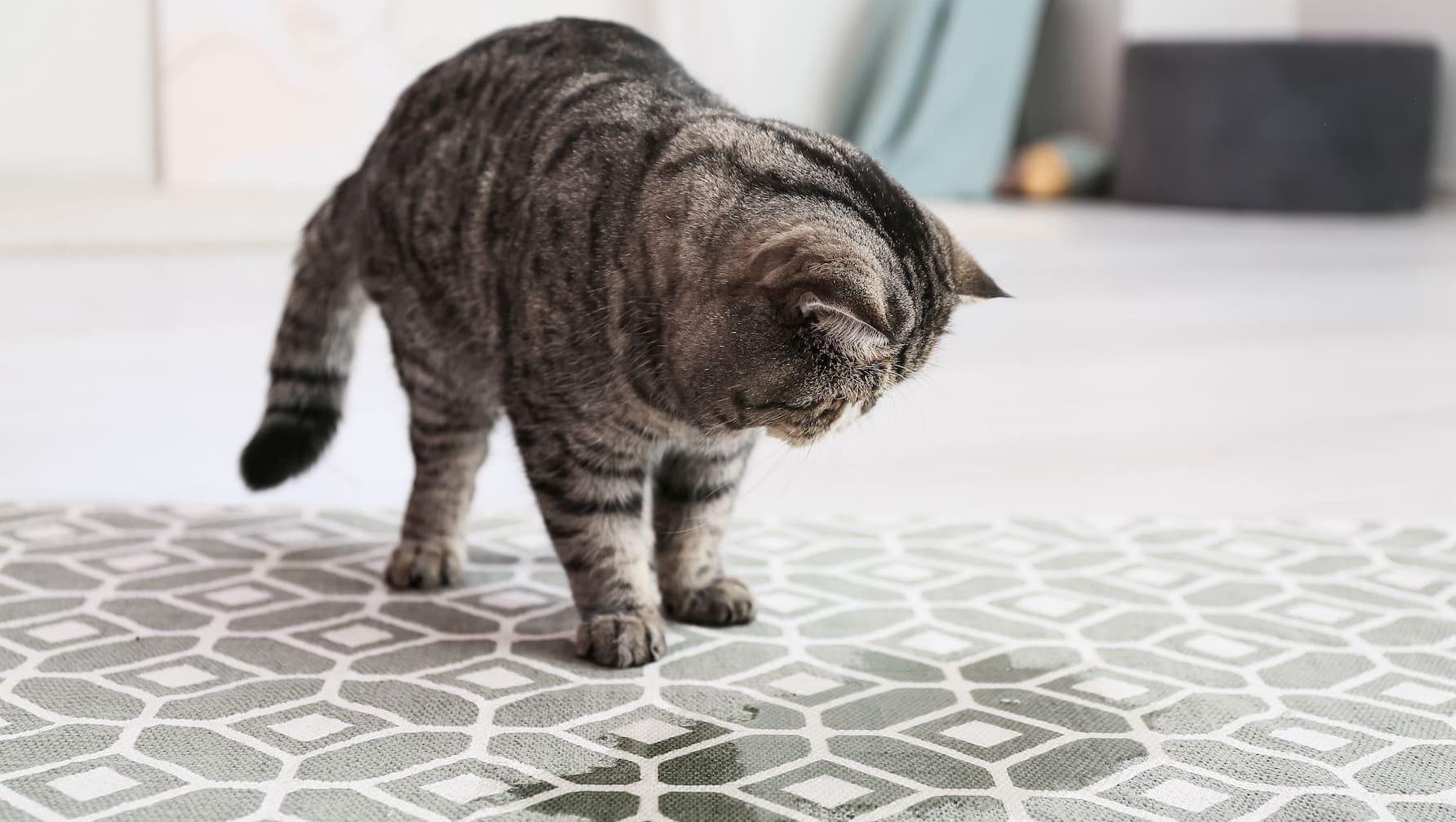
Not sure when to change your cat litter? Look out for these signs:
- Your cat is avoiding the litter box: Cats are incredibly clean animals and might stop using their litter box if it's too dirty.
- Strong odors: If there's a persistent smell even after removing the soiled sections, it's time to replace the litter.
- Visible clumps and waste: If you can see waste or large clumps of litter, a change is definitely due.
- Wet litter: If the litter is damp to the touch, it's time to replace it.
Even if the box looks fine and your cat is using it without issue, regular maintenance is important, and the litter should be changed every 2-4 weeks, depending on your household. For more litter box tips check out our full litter box guide!
The value of a self-cleaning litter box
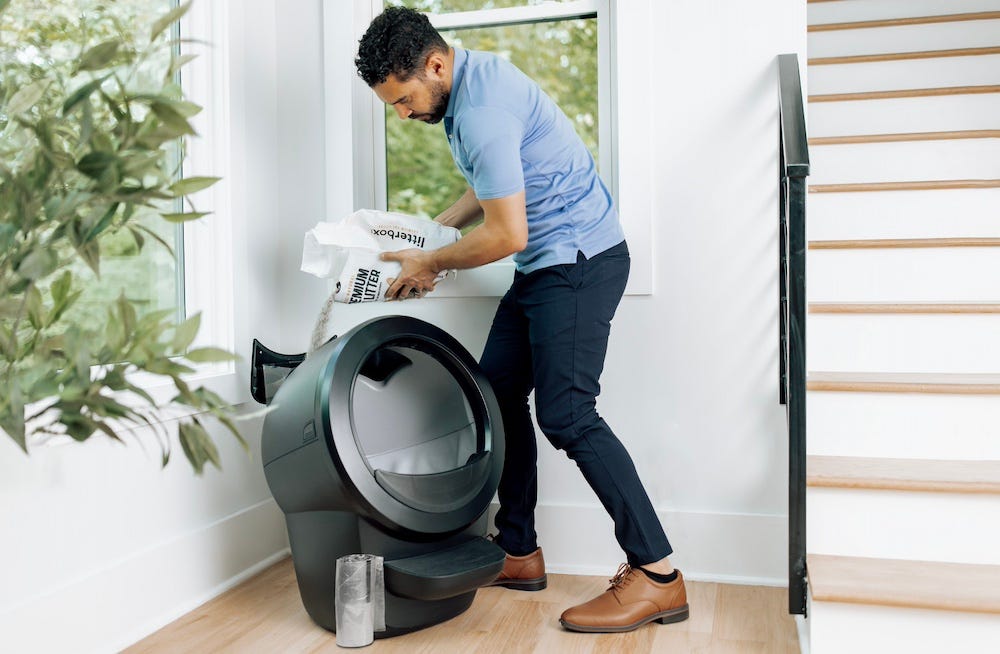
Self-cleaning litter boxes like Litter-Robot simplify the cleaning process, making the overall maintenance of your litter box a breeze! These innovative devices often come equipped with features such as carbon filters or OdorTrap® Packs that are designed to reduce or even eliminate unpleasant odors.
Higher tech models such as Litter-Robot 4 can also feature real-time waste and litter level monitoring using a native app. This means you’ll receive a notification letting you know when it’s time to empty the waste drawer. And by adding a LitterHopper accessory, you'll hardly ever have to refill litter—LitterHopper does it for you!
By automating the cleaning process, self-cleaning litter boxes not only save you time and effort but also take the stress and guesswork out of maintaining a consistent cleaning schedule… all of which contribute to the hygiene of your furry friend’s bathroom routine.
Understanding the different types of cat litter

Have you ever wondered what cat litter is made of? Today's litter market offers a wide variety of materials to choose from, but the most commonly used type is made from bentonite clay. This clumping cat litter type traps odors effectively, simplifying litter maintenance. The most important aspect in choosing the type of litter is choosing one that your cat prefers and will regularly use.
Clay clumping litter
Bentonite clay is considered clumping cat litter, meaning it clumps when wet. According to some studies, clay clumping is typically the best cat litter type for both your cat and your home. A high-quality bentonite clay litter like GreatLitter® will effectively trap odors, resulting in the least smelly cat litter option. Since it clumps so easily, the bentonite clay makes it simple for you to remove the soiled areas of litter only—rather than having to switch out all of the litter frequently.
Non-clumping clay litter
Alternatively, regular (non-clumping) clay litter is another popular type of litter. Unfortunately, this type of litter doesn’t clump when wet and generally isn’t great at keeping odors at bay. It usually includes ingredients like baking soda and charcoal, which can help trap odor, but not incredibly well. Regular clay litter will require you to change the litter out more often—because although it soaks up urine, it doesn’t clump when wet.
Silica cat litter
Yet another option available to you is silica cat litter, which forms an absorbent gel that helps to provide odor control. Silica litter is a great option for people who prefer litter that is not clay-based. Not only are silica litters not dusty, they also clump when wet and help reduce odor.
Paper and wood-based cat litter
Last but not least, another common type of litter is known as biodegradable cat litter. It’s ideal for anyone who prefers a more environmentally friendly product. Biodegradable cat litter is usually made from recycled paper products or plant-derived materials. These litters don’t clump, but they absorb urine well—despite not being the best option for trapping odors.
Scented vs unscented cat litter
While many pet parents are intrigued by the idea of good-smelling cat litter, many cats are put off by strong odors of any kind, good or bad. Unscented litter is recommended by most veterinarians, but if your cat tolerates or prefers a scented litter and is otherwise healthy, then that is okay, too. At the end of the day, it is all about what your cat will use.
FAQs
Does cat litter absorb pee?
Yes, both non-clumping and clumping cat litter will absorb pee. Clumping cat litter allows you to easily scoop urine clumps from the box.
How often should you change the litter in Litter-Robot?
If you have one cat, you will typically empty the waste drawer once per week. If you have more than one cat using Litter-Robot, you will typically empty the waste drawer twice every seven to ten days. Perform a full cleaning and litter change every one to three months. The optional Litter-Robot 4 LitterHopper automatically adds litter to the globe, meaning you'll hardly ever have to refill cat litter.
What happens when you don't change cat litter?
When you neglect to change the litter in a timely fashion, your cat will either go to the bathroom somewhere else or avoid going altogether. The latter option can result in serious health issues, most notably feline idiopathic cystitis, feline urethral obstruction, or UTIs. Not changing the litter will also cause bacteria to build up inside the litter box and foul odors to develop.
Sources:
